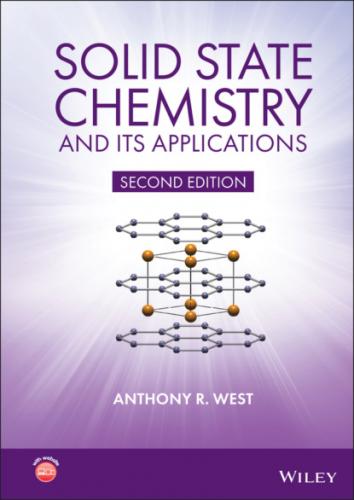Figure 1.66 Tetragonal space group I41 (No 80); coordinates of equivalent positions 8(b):
Special positions with point symmetry 2, 4(a): 0, 0, z; 0, ½,
1.18.6 Space groups and crystal structures
The purpose of this section is to show the fundamental importance of space groups to crystal structures and how the atomic coordinates of a structure are related to the space group. As examples, two simple but important structures, which have already been described earlier in this chapter, are considered in some detail.
1.18.6.1 The perovskite structure, SrTiO3
The basic information that we need to know is the following:
Unit cell: cubic, a = 3.905 Å
Space group: Pm3m (number 221)
Atomic coordinates: Ti in 1(a) at 0, 0, 0; Sr in 1(b) at ½, ½, ½; O in 3(d) at 0, 0, ½
This is, in fact, a very simple example since although the space group Рm3m is complicated, as are all cubic space groups, all the atoms in perovskite lie on special positions. There are 48 general equivalent positions in this space group, but a large number of special positions arise when atoms lie on symmetry elements. Ti occupies a 1‐fold special position at the origin of the unit cell; the symbol 1(a) indicates that there is only one position in this set and (a) the Wyckoff label, for this (set of) position(s). Sr also occupies a 1‐fold special position, 1(b), at the body centre of the cell. Oxygen occupies a 3‐fold special position 3(d); the coordinates of one of these positions, 0, 0, ½ are given and the only remaining information that is needed from the space group are the coordinates of the other two oxygen positions. From International Tables, these are 0, ½, 0 and ½, 0, 0.
From this information, the unit cell and atomic positions may be drawn, first as a projection down one of the cubic cell axes, Fig. 1.41(a) and then as an oblique projection to show the atomic positions more clearly, Fig. 1.41(c). [Note: Fig. 1.41(b) shows an alternative unit cell with Sr at the origin, as discussed in Section 1.17.7.] The coordination environment of each atom may be seen in (c) and interatomic distances calculated by simple geometry, as detailed in Section 1.17.7, together with a more extended discussion of perovskites, structural distortions in some cases and structure–property relations.
1.18.6.2 The rutile structure, TiO2
We need to know the following information:
Unit cell: tetragonal, a = 4.594, с = 2.958 Å
Space group: P42 /mnm (No 136)
Atomic coordinates: Ti in 2(a) at (0, 0, 0); (½, ½, ½); О in 4(f) at (x, x, 0); (
As in the perovskite structure, only special positions are used to accommodate atoms and the 16‐fold general positions are unoccupied. The Ti positions are fixed at the corner and body centre but O has a variable parameter, x, whose value must be determined experimentally. Crystal structure determination and refinement gives x = 0.30 for TiO2. The unit cell of rutile is shown projected onto the xy plane in Fig. 1.37(a) and the structure is described fully in Section 1.17.6.
The symmetry elements in space group P42 /mnm are shown in Fig. 1.67; most should also be readily apparent on inspection of the structural model shown in Fig. 1.37(a and f). Thus, the 42 axes are located halfway along the cell edges although no atoms lie on these 42 axes. The oxygen atoms are arranged on spirals around the 42 axes such that translation by c/2 and rotation by 90° convert one oxygen position to another. Centres of symmetry are present, for example, at the cell corners; also 2 and 21 axes and (not shown) mirror planes and glide planes are present.
Figure 1.67 The symmetry elements in space group P42/mnm.
1.18.7 Systematic absences in diffraction patterns and space groups
We see in Chapter 5 how the presence of lattice centring or elements of space symmetry lead to systematically absent reflections from X‐ray (but also electron and neutron) diffraction patterns. For example, in space group C2, the C‐centring imposes the condition that only those reflections that satisfy the rule: for (hkl: h + k = 2n) are allowed. The 21 screw axes parallel to b impose the condition for reflection: for (0k0: k = 2n). However, this is also a consequence of the C‐centring condition, for the special case that h = l = 0, and so does not lead to any extra systematic absences. Information on the conditions limiting possible reflections is given for every space group in International Tables for
